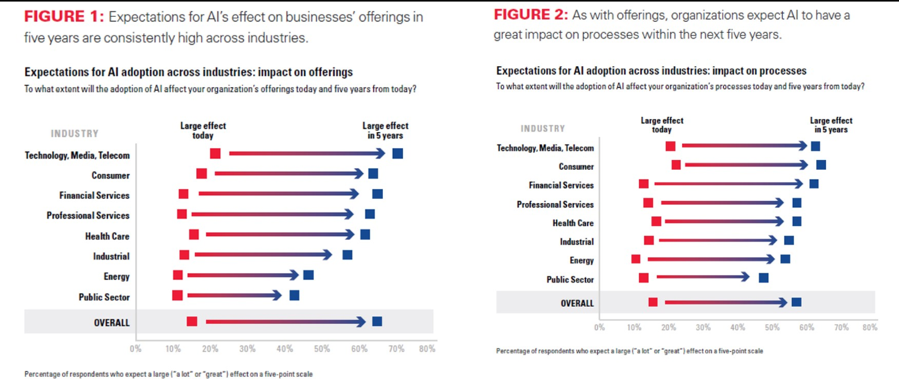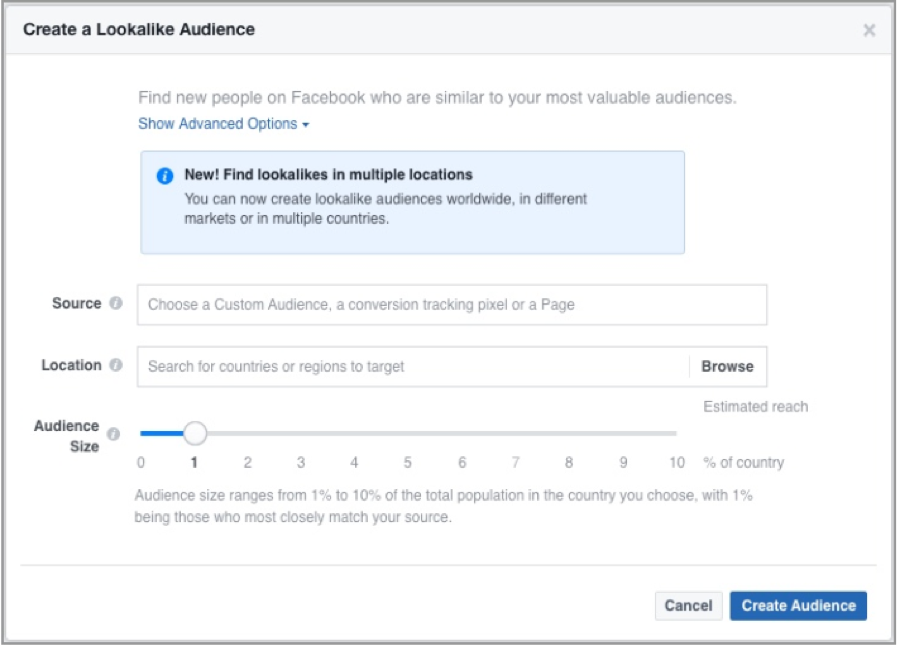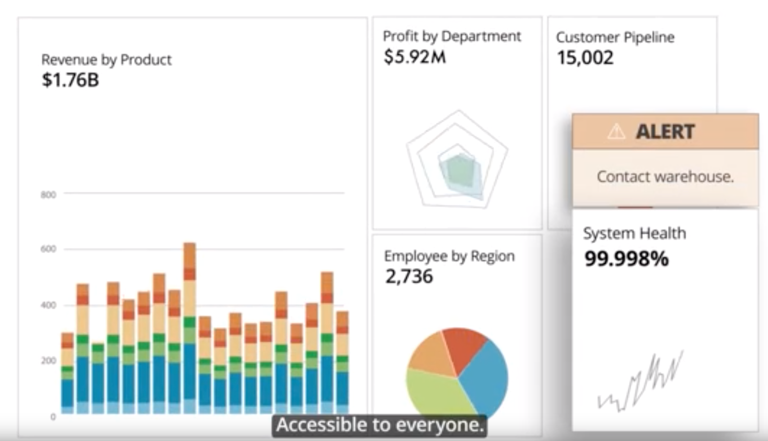4 Ways to Integrate AI into Your Business

4 Ways to Integrate AI into Your Business
Contributed ContentArtificial intelligence can help companies create faster, work smarter, and increase their bottom lines. Implement AI technology today and make an immediate impact on your brand.
Artificial intelligence (AI) is one of the most popular technologies impacting businesses today. Plenty of products already use AI or machine learning, including Amazon’s Alexa, ridesharing apps Uber and Lyft, and Facebook’s facial recognition. Given that AI software can analyze large amounts of data and even predict certain outcomes based on those inputs, it’s no surprise that plenty of companies are jumping on this trend.
A 2017 report from MIT Sloan Management Review and the Boston Consulting Group indicates that of the more than 3,000 business executives from 112 countries who were interviewed, 84% said they felt AI would help them “obtain or sustain a competitive advantage” in their companies.
A full 72% of respondents in the technology, media, and telecommunications industry expect AI to substantially influence product offerings in the next five years.

AI integrations for business—if used correctly—can improve resource use efficiency and even improve bottom lines.
As with any tool or solution, AI is most effective when implemented to address specific use cases. This article will address a few ideas of how you can implement AI into your business.
Use Smart Algorithms to Target Ideal Audiences
When you’re able to target the right consumers with relevant messaging, you can develop personalized campaigns that convert. Whether it’s through social media, email, or paid search, AI helps your business display ads to your potential customers through instant profiling. With the help of AI, you can spend less money serving ineffective ads to your audience and instead speak directly to them in a way that engages their interest.
If your business uses Facebook advertising, you can use Lookalike Audiences to find customers with common traits of advertising optimizations that have worked in the past. The tool can help you target people similar to your existing customers or site visitors to grow your customer base and increase sales.
You may have already created one or more Custom Audiences on Facebook to target or retarget customers who have interacted with your content. The Lookalike Audiences feature builds on those groups to deliver new users who match the customers you’ve already engaged with.

The Lookalike Audiences feature will run your selected Custom Audience through an algorithm to identify characteristics that consumers in that audience have in common. Then, taking that information, it’ll supply you with additional users in the areas you specified that exhibit those same traits, effectively delivering customers that match an existing consumer profile.
If you can supply it with the right data, this tool could drastically increase the reach of your ads on the social platform.
Employ Bots to Assist Customers
One popular smart business tool is the customer service chatbot. A customized bot can answer general questions and boost customer satisfaction. Bots can be available to customers 24 hours a day, and through machine learning, they can answer simple inquiries and questions in real time.
Experts predict that “more than 85% of customer interactions will be managed without a human by 2020,” and some estimates indicate that current iterations of chatbots could reduce customer support costs by as much as 30%.
There are many paid and free chatbot solutions for your business, and setting one up is easier than you may think:
- Identify the issue you want to solve with automation. If service floor staff is regularly fielding the same types of questions repeatedly, automating responses to those issues could free up representative time for other tasks and decrease wait times across the board.
- Determine whether you have the resources and talent to build and maintain a bot. Bots need tuning and adjustment to be truly effective, so it’s important to be realistic about whether you have the ability to do that. If not, investing in a pre- or custom-made bot solution will probably be a better fit for your business (though also a more expensive one).
- Monitor your bot’s interactions. You’ll need to regularly check in on transcripts with your bot, just as you would with a human employee, to ensure that it’s giving customers the information they need.
Invest in Smart Software to Synthesize Big Data
As your business grows, you will most likely use various software platforms to run your business—Square, Shopify, Facebook and many other applications. New business management software utilizing AI can consolidate data from those sources into a cloud-based dashboard.
Domo is one such popular management platform that can link to over 500 different apps to extract data and provide clear, visual reports.

Beyond reports, the company’s AI technology, bundled under the name Mr. Roboto, synthesizes that data and provides custom alerts when it detects trends or issues.
Standard business analytics software is a good investment on its own, but pairing that synthesis with machine learning tech that can proactively identify points of interest in data takes things one step further. What once would have required a human eye can now be accurately and quickly identified, giving your human staff more bandwidth to develop solutions in response to those alerts.
Optimize Your Site for Voice Search
Voice search refers to the growing trend of consumers searching for products or answers via voice commands. Natural language processing technology—a subset of artificial intelligence—in devices like Amazon Alexa or Google Assistant make it easy for consumers to look up information and even buy products with simple voice commands.
To take advantage of this emerging AI application, you won’t necessarily have to invest in costly software. Instead, optimize your site to cater to voice search:
- Keep language direct and conversational.
- Make sure information—including your contact information—is easily accessible and clear.
- Work to capture the featured snippet for keywords related to your brand.
- Stay agile and willing to adapt as search engines acclimate to this new technology.
Google data from 2016 indicates that as much as 20% of searches within its app now happen via voice. And as voice search improves, that number will only increase. This is a substantial amount of traffic and potential customers you could reach by simply updating your online presence.
Integrate AI Into Your Business
Now that you’re more familiar with the many ways you can integrate AI into your business, you can consider which areas best fit into your organization. Just make sure your business’s tech is capable of handling whatever solutions you opt to implement or consider hiring a knowledgeable AI company.
Run a quick internet speed test to ensure your connection runs smoothly, make sure you have sufficient storage to hold the data you use, and set up a plan for rollout and adoption of your new AI solution. You’ll then be ready to use the tips above to put your data to work.
